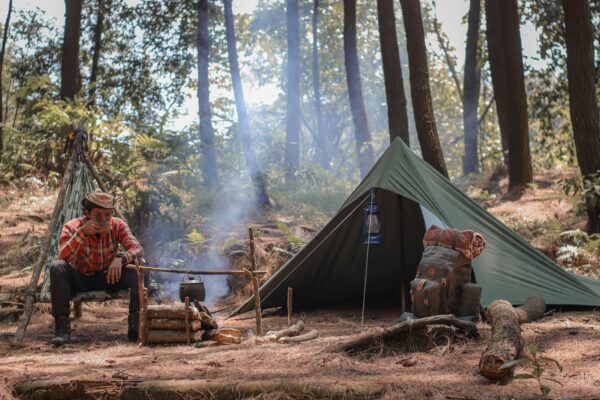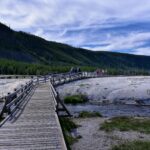
New Backcountry Camping Regulations Enacted Across U.S. National Parks
New Backcountry Camping Regulations Enacted Across U.S. National Parks
Recent updates in backcountry camping regulations across U.S. national parks aim to enhance wilderness preservation and visitor safety. These regulations, which vary by park, generally require obtaining a wilderness permit for overnight stays in undeveloped areas. For example, Yosemite National Park mandates a permit for any overnight wilderness use, with quotas based on entry date and trailhead. Similarly, Grand Canyon National Park requires permits for all overnight backcountry use, with specific rules for designated campsites and group sizes. The North Cascades National Park also enforces a permit system, with detailed guidelines for obtaining and using permits, including a Good Stewards Program for frequent users who adhere to Leave No Trace principles. These regulations underscore the importance of responsible wilderness travel and the need to protect these natural resources for future generations.








